

63.
English WWII Radio Surplus
Links to other
pages:
52. French radio equipment
used by Germans in WW2
61 American boatanchors -
part I
62 American boatanchors -
part II
64 Some Russian surplus equipment
91n News
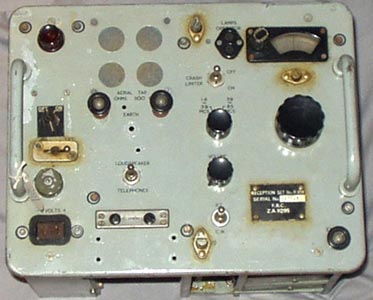
R109 Receiver (1.8-3.9/3.9-8.5MHz, IF=
465kHz)
Valves: 5x ARP12, 3x AR8 (duo-diode-triode)
It is different models with different frequency ranges, one with
two RF-amplifier stages.

Block diagram
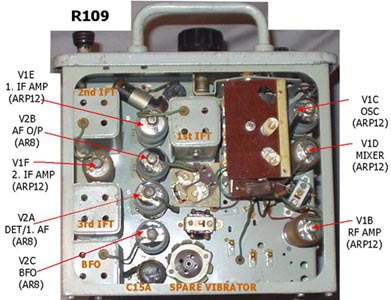 Receiver chassis |
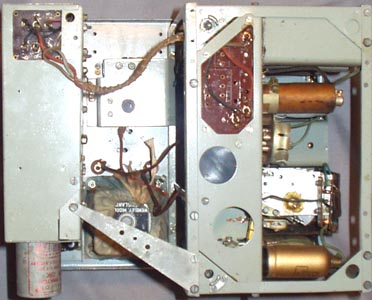 Rear view showing receiver and vibrator unit Operational voltage: 6V.D.C. 1.3A |
see Wireless for the Warrior Vol. 3 for further
details
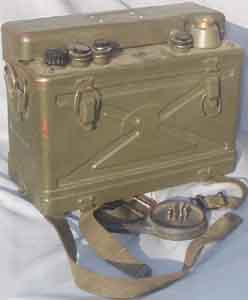 |
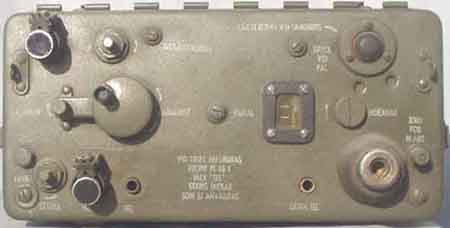 |
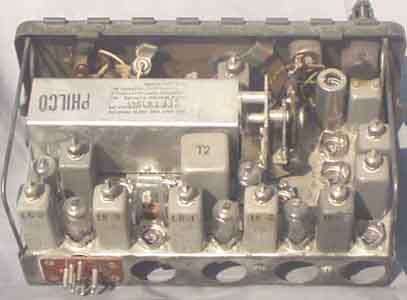 |
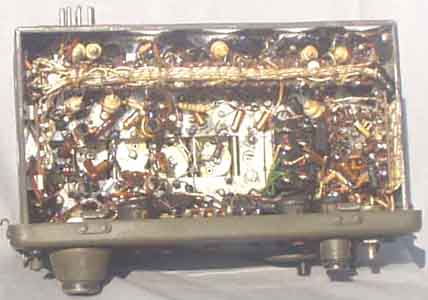 |
Swedish Ra100 VHF transceiver (WS31, BC1000)
...really wasn't aware that the Swedish army is equipped with
NATO equipment, too!
Coverage: 40-48MHz, IF: 4.3 and 2.515MHz, RF= 300mW
try my article on the WS31 at http://www.vmars.org.uk/ . I think you will find most of what you need
there,
including details for shifting its operating frequency to
6m. The article is in the "technical articles"
section -
and was in issue 7 of the VMARS Newsletter.
73s, Richard, G7RVI
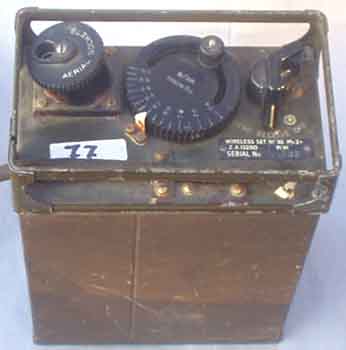 |
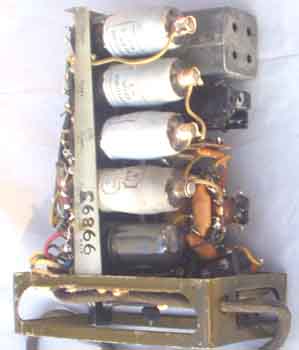 |
WS38
Mk2, the 6V6 is a mistake and shouldn't be put in, it simply
doesn't
work because the earlier owner did some changes without
understanding the circuit
Coverage: 7.3-9MHz,
IF=285kHz, RF=200mW
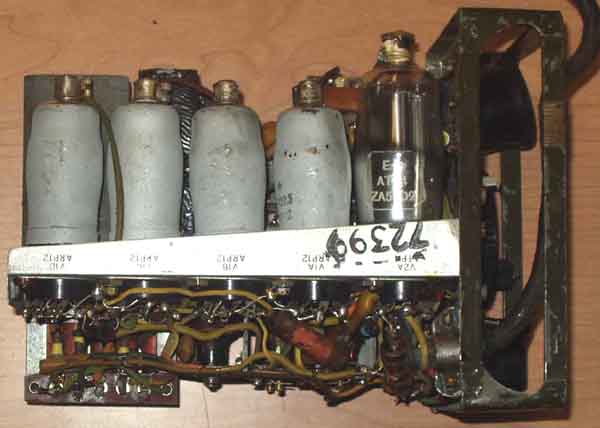
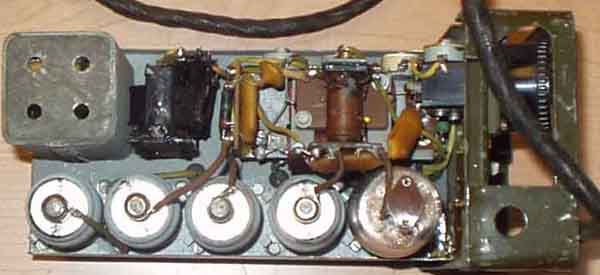
WS38
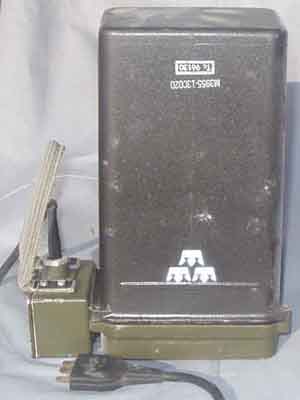 |
|
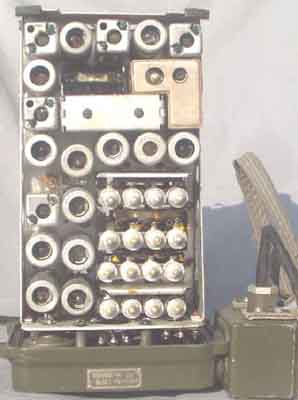 |
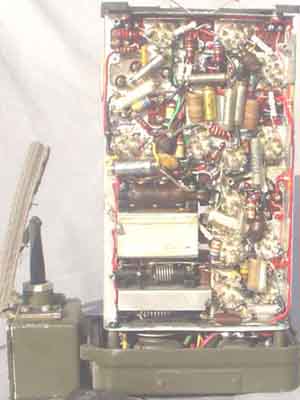 |
Swedish Ra130B VHF transceiver (suppose to be
WS-88). Another rig from the Allies,
probably not indispensible as another mate once was refused
week-end leave
from the army since the radio communication with this set was
found
useless.
WS88 frequency coverage: 38-42.2MHz, IF=3MHz, RF=0.25W
Actually there are two types of WS88, type A and type B.
Type A was originally crystaled for 40-42 MHz
Type B was originally crystaled for 38-40 MHz
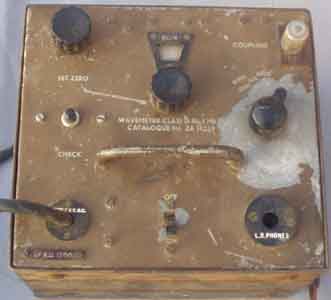 |
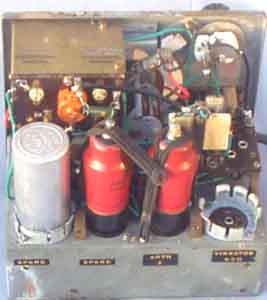 |
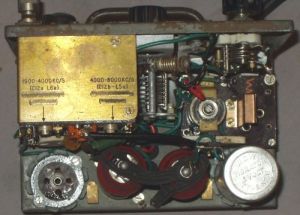 |
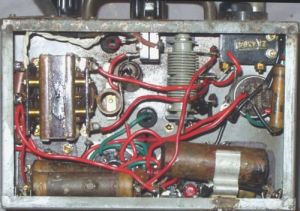 |
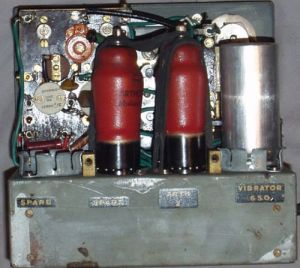 |
C12a L6a: 1900-4000kc/s C12b L5a: 4000-8000kc/s Valve: ARTH2 Spare: ARTH2 Vibrator: 650 (6V) Spare: Vibrator 650 |
Wavemeter Class
D No.1 Mk.I
At least like German equipment the 60 years old British surplus
equipment needs treatment with vaseline oil (Waffen Íl) to stop
corrosion on open metal surfaces and places where paint has been
damaged, particularly on iron chassis, screws, vibrator holders
and variable capacitors (condensers), use CRC 2-26 if the surface
need contact with another electrode.
Technical data and circuit diagram: http://users.froggy.com.au/vk2zio/museum/dwave.htm
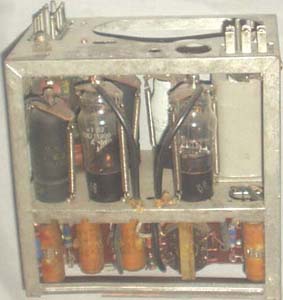
RAF Amplifier Unit
Type 165
How to open WS88.
my WS88's have been rivetted in each
corner. The only way I know how to open
them is to drill out the rivets - and then replace them with a
nut and bolt
of suitable size. I have done that with a couple of
sets, and no harm
seems to have been done.
The frequency range is around 38 to 42 MHz - but there are a
couple of
variants - type A and type B (at least for the British Army),
which cover
slightly different frequencies. Sorry don't have exact
details to hand -
perhaps someone else can oblige.
I have worked with a friend here on moving the WS88 to 6m, but it
is far
from simple - the very dense construction does not make the job
easy, and
the fact that few of the RF circuits are properly screened means
that
unpleasant feedback effects occur. Although we made a set
tune around
50MHz, the performance was not good - Rx sensitivity was poor -
needs more
work!
73s, Richard, G7RVI
VHF transmitter unit type 50 (RAF)
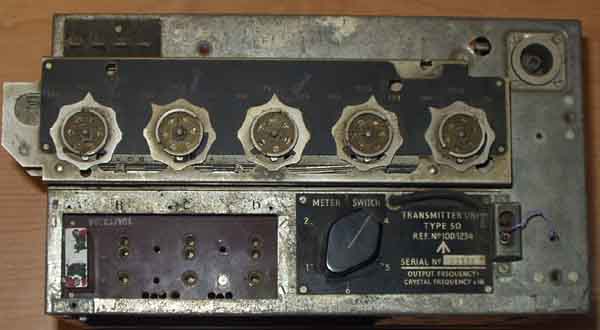
p1010462.jpg
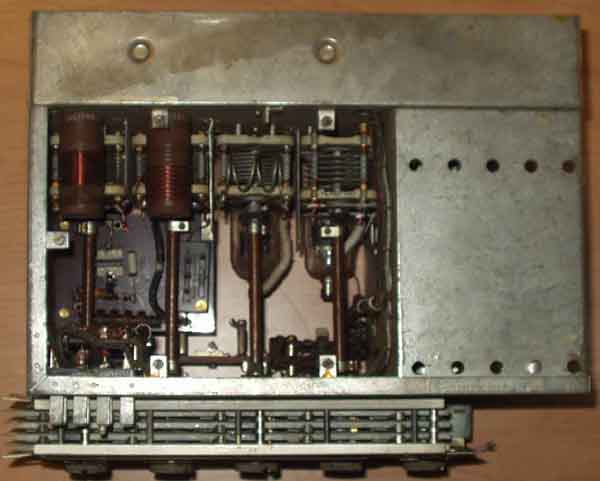
p1010463.jpg
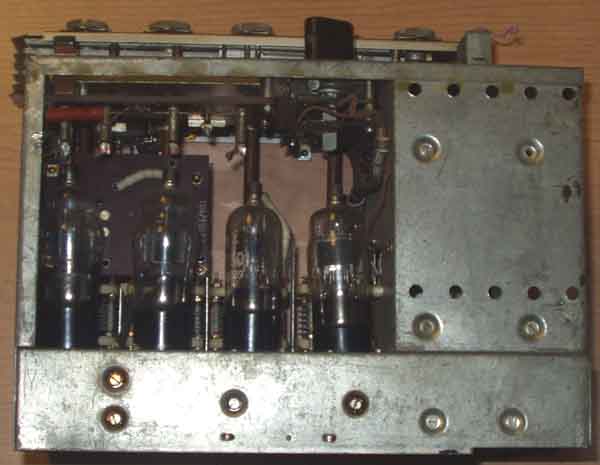
p1010464.jpg
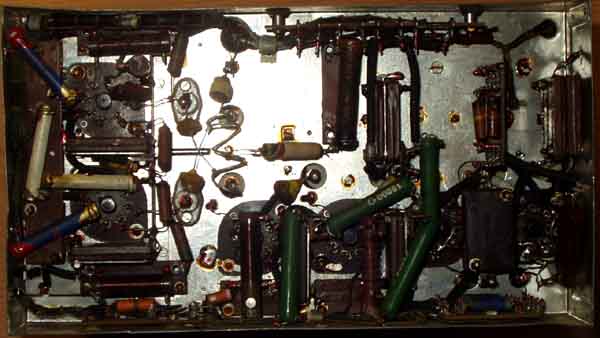
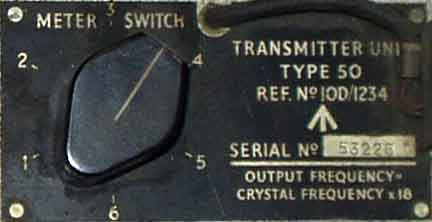
Type number
Transmitter type 50 (RAF)
2004.11.20